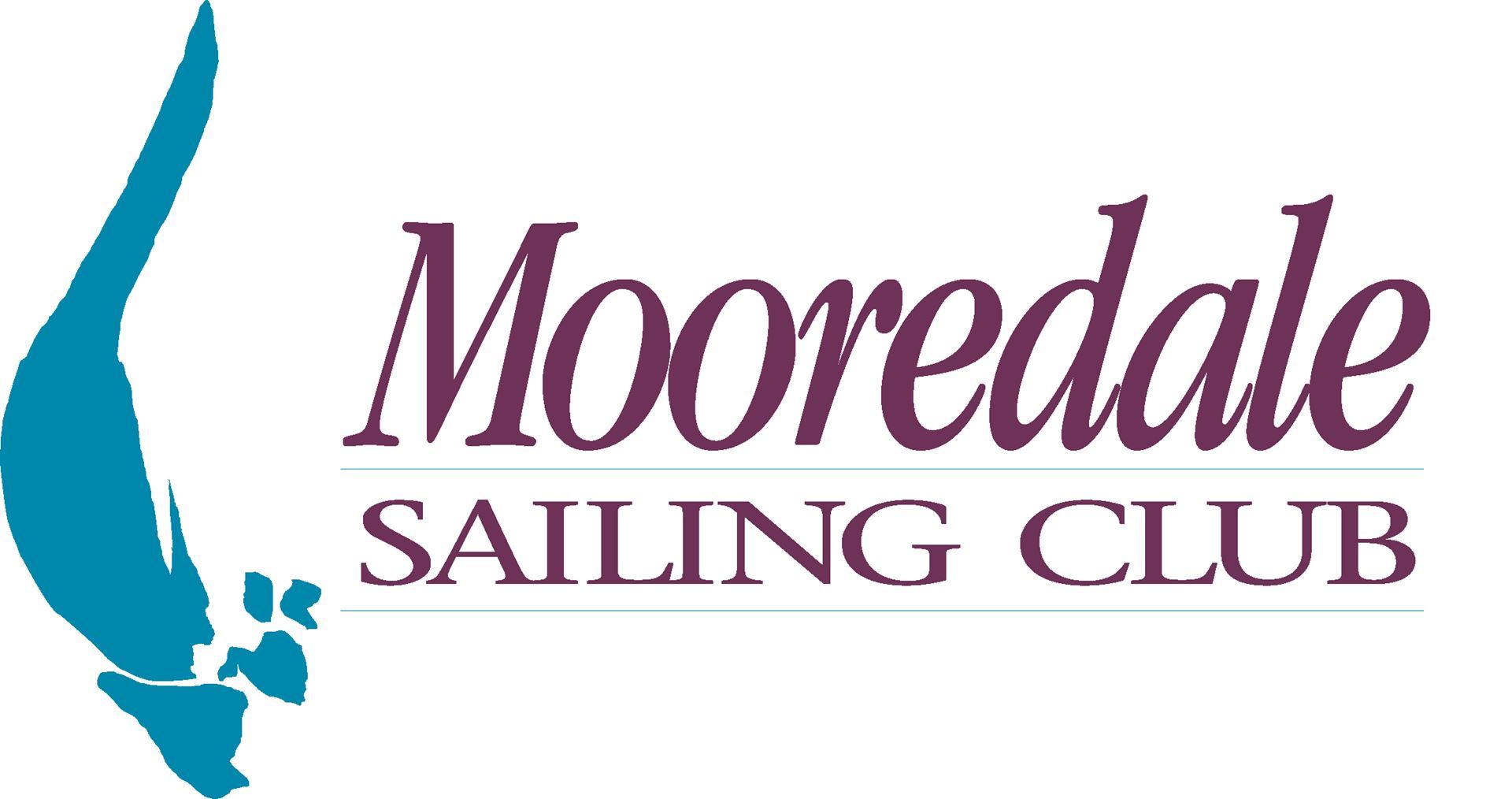
Mooredale as been a part of the city for 50 years and counting!
Back in the mists of time before Mooredale history actually began, there was a marsh described as a "malarial swamp teeming with pestilence and disease" where the Don River emptied into Lake Ontario.
In the first half of the 20th century the governments of the day decided to develop the area, and over the decades it was land filled to provide space for a future big ship harbour and commercial development away from the city center. In the late 1960s, a plan was hatched whereby a protective spit would be constructed to provide a breakwater for the commercial harbour this would later become the Leslie Street Spit.
The sailing tradition begins
In the late 1960s and early 1970s, recreational interests were mobilizing including dinghy sailors from RCYC (who would later become Water Rats), multihull sailors and rowers, potential Olympics organizers (Montreal was being considered for the 1976 Olympics and Toronto was seen as a potential sailing site), and community organizations - Westwood, St. Jamestown and Rosedale-Moore Park (Mooredale).
The area was considered a good place for boating, partly because the Hearn Generating Station (still standing but not operating) provided a discharge of warm water that would keep the ice at bay and lengthen the boating season.
A co-operative called Outer Harbour Sailing Federation was formed and given authority over the lands east of Cherry Beach and south of Unwin Road until such point in time that the commercial harbour was built and would take over the land. This never happened, the sailing clubs are on the original sites, and the OHSF still exists today!
Mooredale makes its debut
In 1972, Mooredale Sailing Club began operations. The Leslie Street Spit had not yet been begun at this point and the little spit extending from the Water Rats area was just starting to fill in. The club opened directly onto the lake.
Sailing was first conducted in some borrowed "Petrels", and beginners and enthusiasts taught the classes. The buildings were some old school temp buildings acquired for a song and hauled into the area under cover of darkness! These are the buildings that you still see today!
One of our first instructors was the then 15-year old Barrie Farrell, who is still a fixture at Mooredale. Another was Cathy Thomas, who until recently was a member. We also honour the memory of Derek Shenstone, a long-time member who passed away a few years ago, with the name of 8203: Ice Cream Sundae.
The Club comes into its own
Before long, Mooredale bought 5 used Albacores from North Toronto Sailing Club (now Toronto Island Sailing Club). The other clubs also bought Albacores, to the point where the Toronto Albacore fleet is now one of the largest one-design fleets anywhere in the world.
Until 2000, the club consisted almost entirely of used boats - Albacores plus a few Lasers. Somewhere along the way a Hobie catamaran was added. Beginning in 2000, Mooredale began buying new Albacores on a regular basis; in 2018 the club bought 3 new Albacores from the UK, bringing our Ovington fleet up to 12 boats. We also boast 4 Lasers, 2 Hobies and a canoe, plus the power craft needed for safety and to conduct classes and races.
The Leslie Street Spit was built out with landfill to its current shape and the Marina arm was added and the current Outer Harbour took shape. The club had no electricity until the mid-1990's and still does not have running potable water… all of which contributes to the rustic cottagey feel of the club - right in the middle of Toronto.
The racing tradition begins
The Albacore racing began in the 1970's and grew over time to the large fleets that we have today. Regularly on a race night you will see a fleet of over 50 boats competing - an impressive site!
Beginning in the 1990's, Mooredale on an annual basis began winning the coveted Spanish Donkey trophy, for the top club in the May-September Friday evening races. We are often honoured with the top helm and crew.
The club includes within its membership many past winners of trophies, cups, and championships including Canadians and Internationals.

We look forward to the next fifty years!
Land Acknowledgment
We acknowledge the land we are meeting on is the traditional territory of many nations including the Mississaugas of the Credit, the Anishnabeg, the Chippewa, the Haudenosaunee and the Wendat peoples and is now home to many diverse First Nations, Inuit and Métis peoples. We also acknowledge that Toronto is covered by Treaty 13 with the Mississaugas of the Credit.
